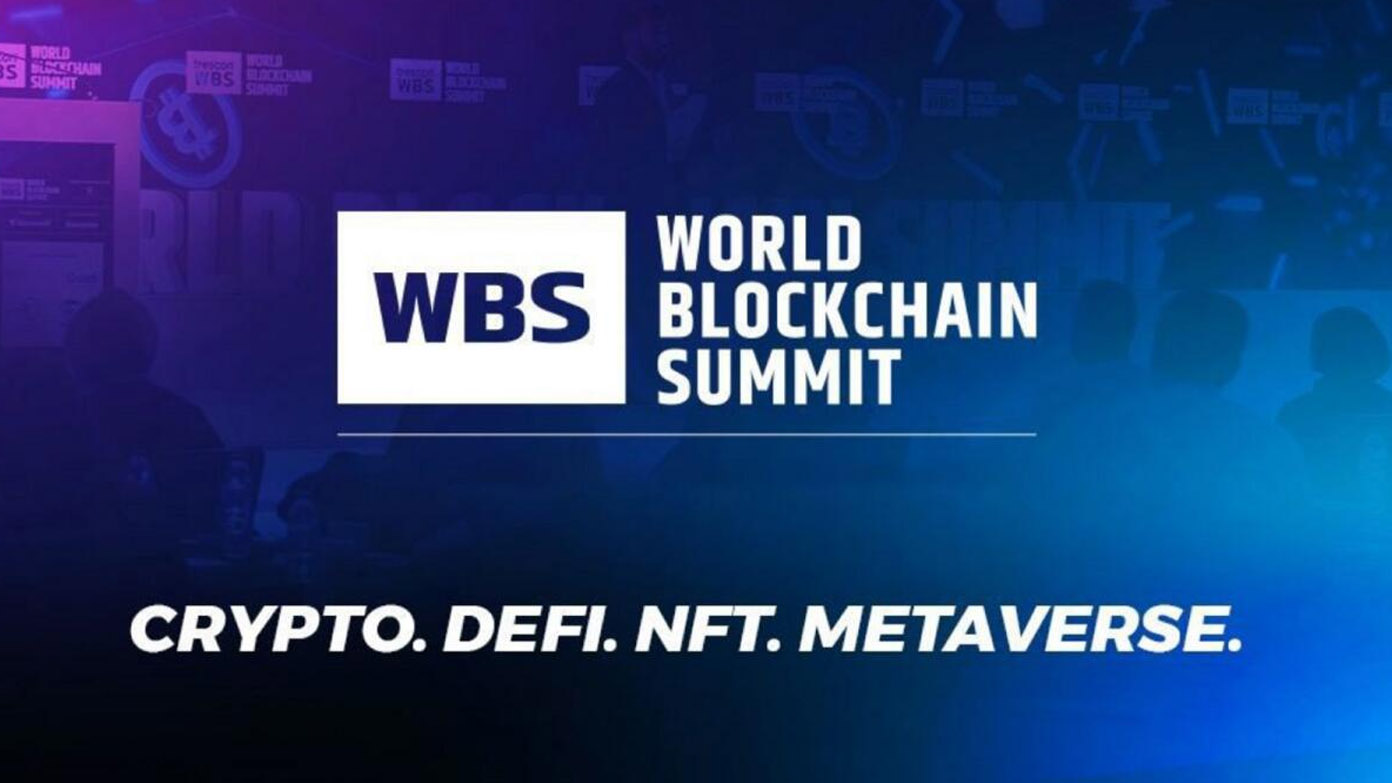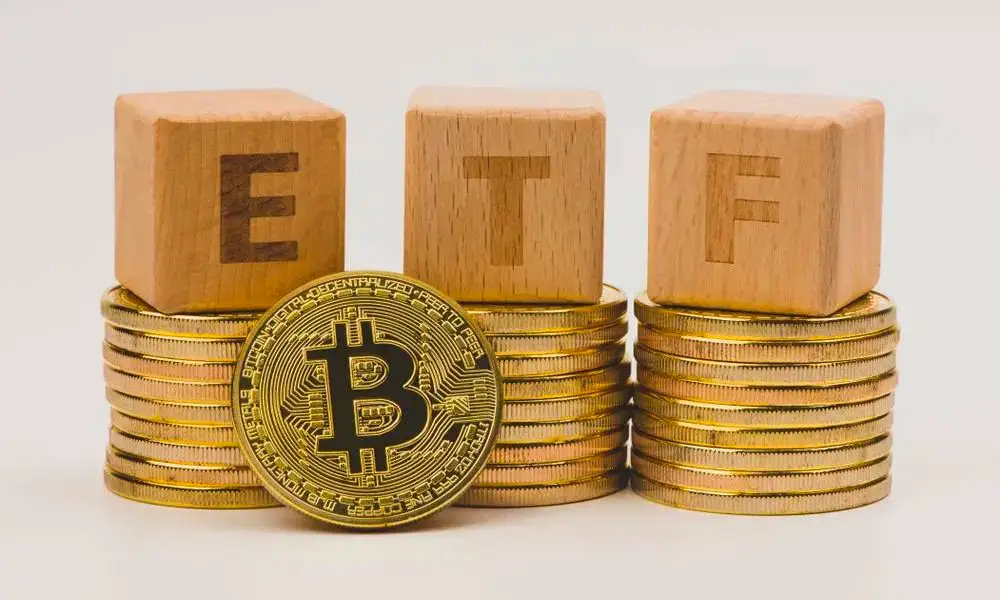Quick Answer
- It is the fundamental unit of account in the Algorand network, and it plays a crucial role in transferring value and getting confirmed among all the nodes.
- To be precise, it is a highly scalable network that can process over 1000 transactions per second and confirm the transactions in a very short time (not more than 5 seconds).
- The algorithm randomly selects ALGO stakers to cross-check the transactions and approve the block in the chain.
Blockchain technology has become one of the most successful disruptors since the advent of the internet. Its ability to provide a secure, immutable, and transparent ecosystem is the primary reason for being the next big thing in technology. It has revolutionized a plethora of sectors, right from finance to agriculture. Though the present market has eminent blockchain networks to provide multifarious applications, each one has its own advantages and disadvantages. This blog will spotlight the Algorand blockchain and tell you how it is different from the other promising networks in the space.
What is Algorand Blockchain?
Algorand is a permissionless network developed to puzzle out blockchain conundrums of achieving speed, security, and decentralization without affecting the quality. ALGO is the native currency of the Algorand network. Being a decentralized and open-source network, it allows any individual to build applications (dApps) on top of it.
It is specially conceived as a payments-oriented network that facilitates ultra-fast transactions with near-instant finality. To be precise, it is a highly scalable network that can process over 1000 transactions per second and confirm the transactions in a very short time (not more than 5 seconds).
It gets rid of the conventional challenges (scalability and consensus algorithm) of other prominent networks through its upgraded consensus mechanism, Pure Proof of Stake (PPoS). It is a protocol that identifies validators randomly depending on the weightage of their stake in ALGO coins.
What Makes Algorand Stand Out from the Crowd?
The primary thing that makes Algorand unique among other popular networks is its approach in solving the three biggest limitations of current blockchain technologies – Security, Scalability, and Decentralization.
Security: It provides military-grade security to network and consensus protocol levels and prevents hacks/malicious attacks.
Scalability: The upgraded PPoS algorithm enables the network to scale thousands and thousands of people and sustain a high throughput rate without incurring higher costs to users.
Decentralization: As a decentralized platform, all the decisions will be taken by the nodes participating in the network. Everyone will have a chance to be a part of the committee that approves blocks.
The Working Nature of Algorand Blockchain
To explain how the Algorand blockchain works, it is essential to understand its PPoS consensus algorithm. It is a mechanism that uses the Byzantine agreement protocol. It is responsible for creating and validating new blocks in the network. And guess what? It is faster and more efficient than other conventional mechanisms such as Proof of Work and Proof of Stake. The algorithm randomly selects ALGO stakers to cross-check the transactions and approve the block in the chain. For each block to validate, a new crew or committee will be selected, thereby providing an equal chance for everyone to validate. And it is not that easy to manipulate the transactions or validation.
There is codependency among the other participants, and any fraudulent activities would deteriorate their staked assets (ALGO). The network can process 1000 transactions per second. The exciting part is that all these transactions will be instant and final.
FAQs Related to Algorand Blockchain
Q. What is Algorand’s Protocol Structure?
The three basic concepts that define Algorand’s protocol structure are as follows.
Transaction: It is the fundamental unit of account in the Algorand network, and it plays a crucial role in transferring value and getting confirmed among all the nodes.
Blocks: Blocks take up the responsibility of bundling transactions into a single unit and get confirmed by a consensus algorithm.
Consensus: The nodes in the network examine the transactions and confirm them. For each correct validation, they will receive rewards. If the validation goes wrong, the stake will be confiscated.
Q. What is ALGO?
As discussed before, ALGO is the native currency of the Algorand blockchain. These coins are crucial in paying transaction fees and as rewards for users who participate in the network’s consensus process. The transaction fees are comparatively low when compared to other blockchain networks. It has a total max supply of 10,000,000 (10 billion), a circulating supply of 6,622,252,578 (6 billion), and a liquidity supply of more than 7 billion.
Q. Where can I purchase ALGO?
ALGO can be purchased from various cryptocurrency exchanges, including Binance, CoinBase, Coinbase Pro, Kraken, BitMax, CoinEx, Bithumb, Huobi Global, OKEX, HBTC, Bitstamp, CoinEgg, Tokok, Bibox, and many others. Simply set up a wallet and purchase ALGO coins from your favorite exchange.
Q. What are the wallets that support ALGO?
Coinbase, Bitpie, Coinomi, Ledger, Guarda, Trust Wallet, Atomic, and Blockchain.com are some of the wallets that support ALGO coins.
Wrapping Up
It is true that every blockchain network will have its own merits and demerits. As a matter of technological evolution, the demerit of today’s network will transform as the merit of the upcoming new network tomorrow, and this will go on. Today, the Algorand network stands tall as one of the fastest, most scalable, and most secure blockchains in space. It has proved to the world that it is a super-power platform with robust innovations, developer support, and real-time applications. Hope it will soon reach greater heights!
You can also follow us for instant tech news at Google News or for tips and tricks, smartphones & gadgets reviews, join GadgetsToUse Telegram Group or for the latest review videos subscribe GadgetsToUse Youtube Channel.
















